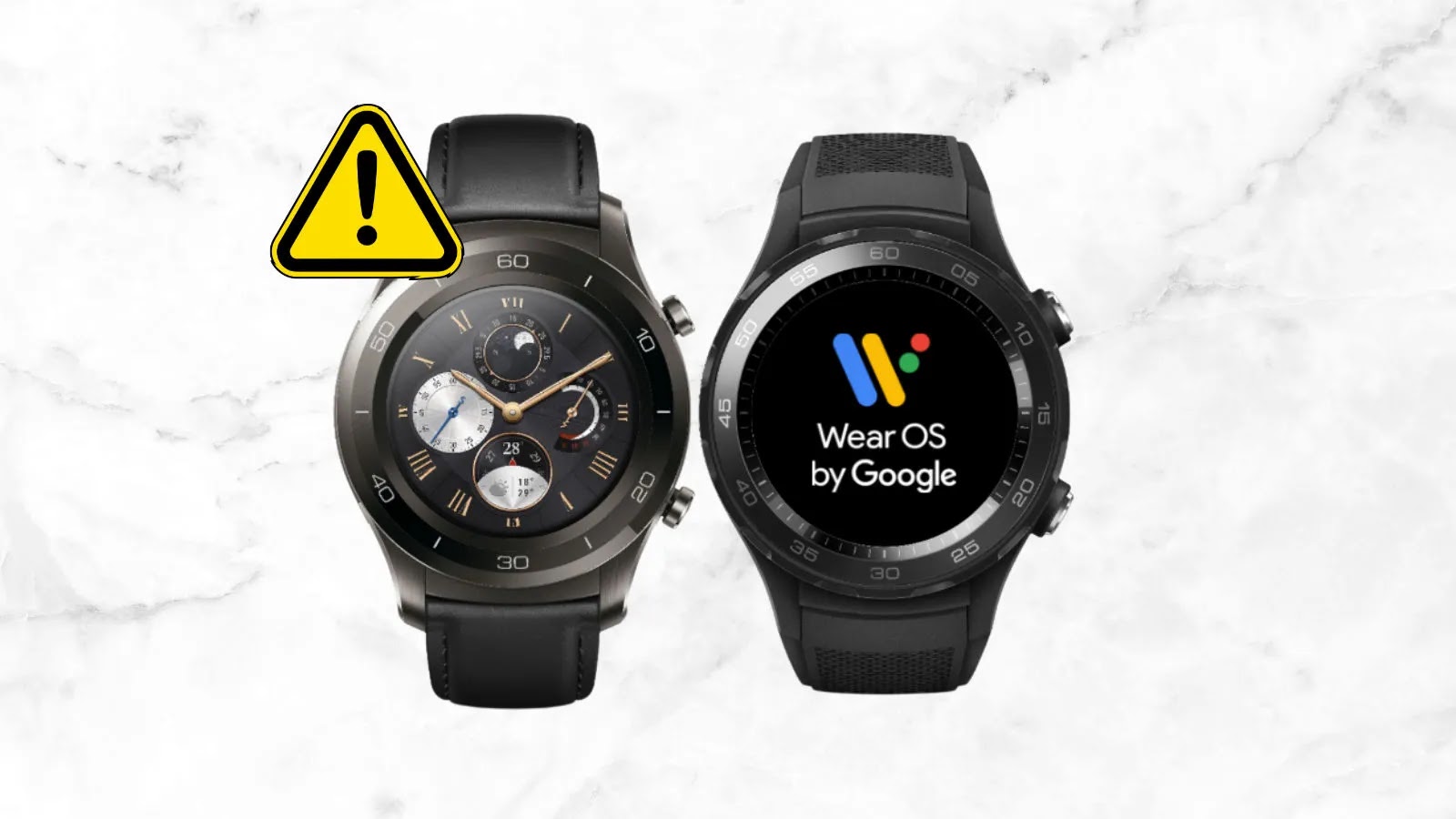
Google Wear OS Message App Vulnerability Let Any Installed App To Send SMS Behalf Of User
Unmasking CVE-2025-12080: The Hidden SMS Threat in Google Wear OS
In a landscape where our smart devices are increasingly intertwined with our personal data, a recently uncovered vulnerability casts a concerning shadow over Google Wear OS. A critical flaw within the Google Messages application on these wearable devices could allow any installed application to surreptitiously send SMS, MMS, or RCS messages without the user’s knowledge or consent. This isn’t just about spam; it’s about potential fraud, phishing attacks, and the erosion of trust in our connected technology. As cybersecurity analysts, understanding and mitigating such risks is paramount.
The Core of the Vulnerability: CVE-2025-12080 Explained
Identified as CVE-2025-12080, this vulnerability stems from an improper handling of specific intent actions within the Google Messages app on Wear OS. Specifically, the issue arises when the application processes ACTION_SENDTO intents that utilize URI schemes such as sms:, smsto:, mms:, and mmsto:. Normally, sending messages requires explicit user confirmation and permission checks to prevent misuse. However, in this case, a misconfiguration effectively bypasses these critical security safeguards.
The practical implication is stark: a malicious application, once installed on a Wear OS device, could craft and dispatch messages without any visible prompts or indications to the user. This “silent” messaging capability opens a Pandora’s Box of potential abuses, ranging from sending premium rate SMS messages to participating in SMS-based fraud schemes, all from your wrist without your awareness.
Understanding the Attack Vector and Potential Impact
The attack vector for CVE-2025-12080 is straightforward yet insidious. An attacker would need to trick a user into installing a malicious application on their Wear OS device. This could be achieved through various social engineering tactics, such as masquerading as a legitimate utility app or game. Once installed, the rogue application gains the ability to leverage the mishandling of the ACTION_SENDTO intent to send messages. The absence of user confirmation makes this vulnerability particularly dangerous, as the compromise can remain undetected for an extended period.
The potential impact extends beyond financial repercussions. Imagine receiving a critical two-factor authentication (2FA) code on your phone, only for a malicious app on your watch to intercept and forward it to an attacker, granting them access to your online accounts. Phishing campaigns could be launched from compromised devices, leading friends and family of the victim to fall prey to scams. The silent nature of the attack magnifies the risk, as users are unlikely to notice unauthorized messaging activity until significant damage has occurred.
Remediation Actions and Best Practices
While a patch for CVE-2025-12080 is crucial, users and administrators of Wear OS devices can take proactive steps to mitigate the risks. Staying vigilant and adopting a security-first mindset are key.
- Keep Your Devices Updated: Always ensure your Wear OS device and all installed applications are running the latest versions. Security updates often include patches for vulnerabilities like this. Enable automatic updates where possible.
- Scrutinize App Permissions: Before installing any application, carefully review the permissions it requests. If an app requests permissions that seem excessive or unrelated to its stated function (e.g., a simple watch face requesting SMS access), reconsider its installation.
- Download Apps from Trusted Sources: Stick to the official Google Play Store for Wear OS applications. While not entirely foolproof, it offers more robust security vetting than third-party app stores.
- Regularly Review Installed Apps: Periodically audit the applications installed on your Wear OS device. Remove any apps you no longer use or those that appear suspicious.
- Monitor Unusual Activity: Pay attention to your mobile phone bill for unexpected SMS charges or your messaging apps for sent messages you don’t recall sending. Unusual behavior can be an early indicator of compromise.
Tools for Detection and Mitigation
While direct detection tools for this specific vulnerability might be limited for end-users, several general cybersecurity practices and tools can aid in overall device security on Wear OS and connected Android devices.
| Tool Name | Purpose | Link |
|---|---|---|
| Google Play Protect | Built-in Android security that scans apps for malware. | https://play.google.com/intl/en_us/about/play-protect/ |
| Android Debug Bridge (ADB) | A versatile command-line tool for developers to manage Android/Wear OS devices. Can be used for app inspection. | https://developer.android.com/tools/adb |
| Mobile Threat Defense (MTD) Solutions | Enterprise-grade security solutions that provide comprehensive protection for mobile devices, including Wear OS. (Examples: Check Point Harmony Mobile, Zscaler Mobile Security) | (Varies by vendor) |
Key Takeaways for Wear OS Security
The discovery of CVE-2025-12080 serves as a salient reminder of the constant vigilance required in the realm of cybersecurity. Even seemingly innocuous devices like smartwatches can harbor critical vulnerabilities that compromise user privacy and security. For users, maintaining up-to-date software, scrutinizing app permissions, and downloading from trusted sources are fundamental defenses. For developers and system administrators, a deep understanding of intent handling and security-by-design principles is imperative to prevent such flaws from emerging. Proactive security measures are not merely best practice; they are essential for protecting our digital lives.





